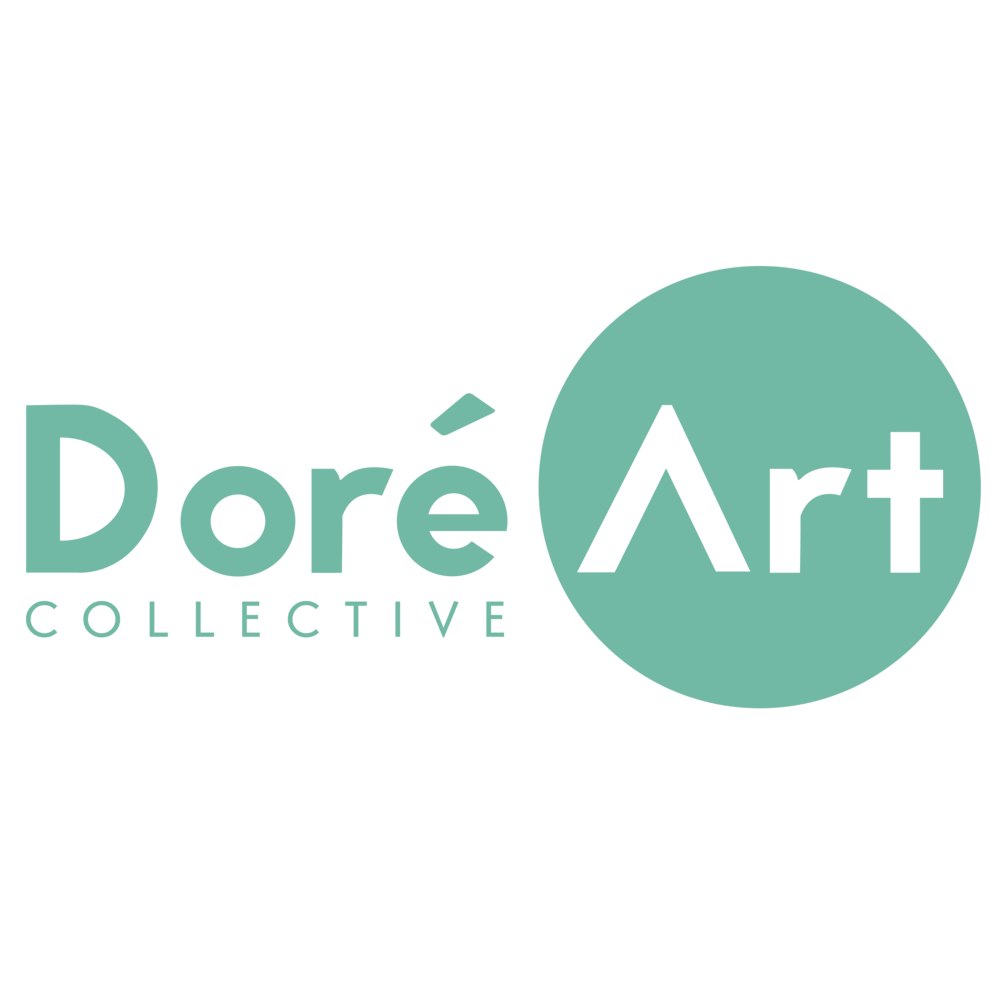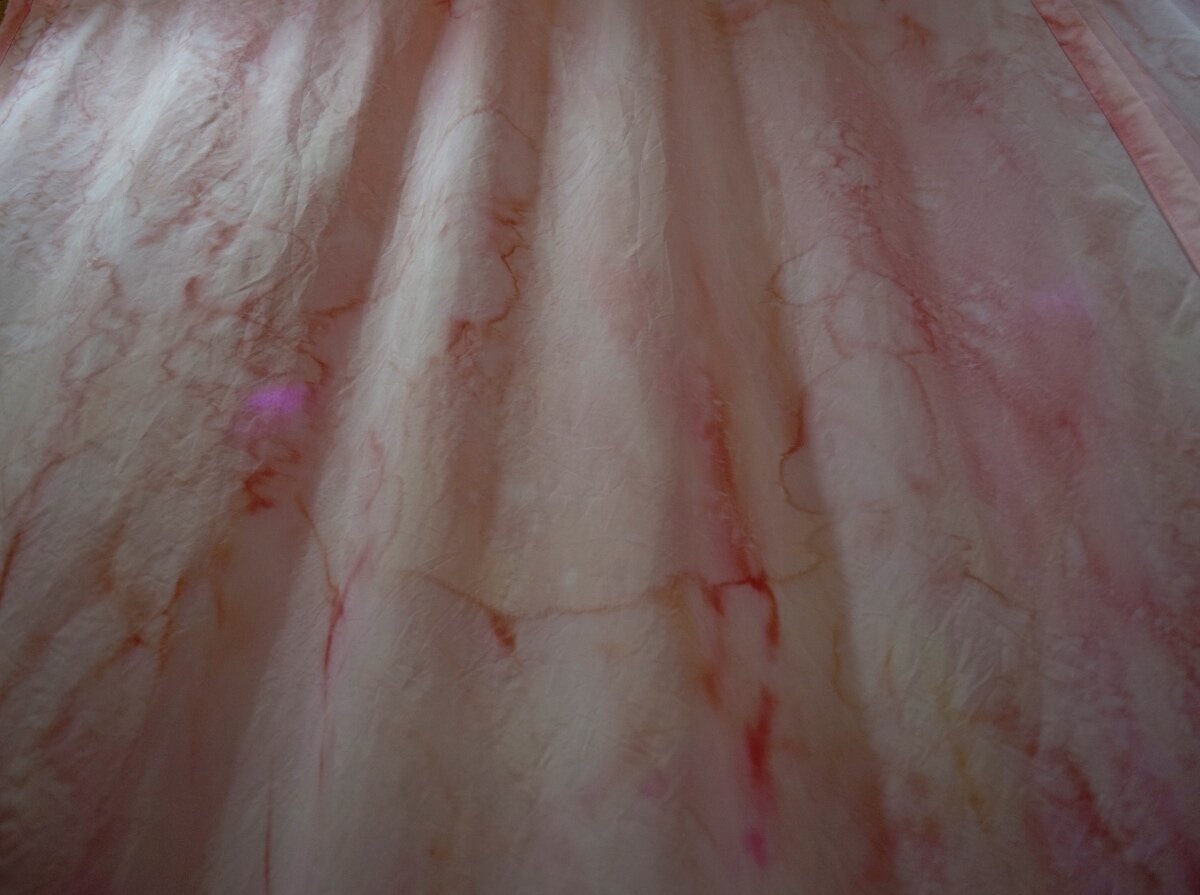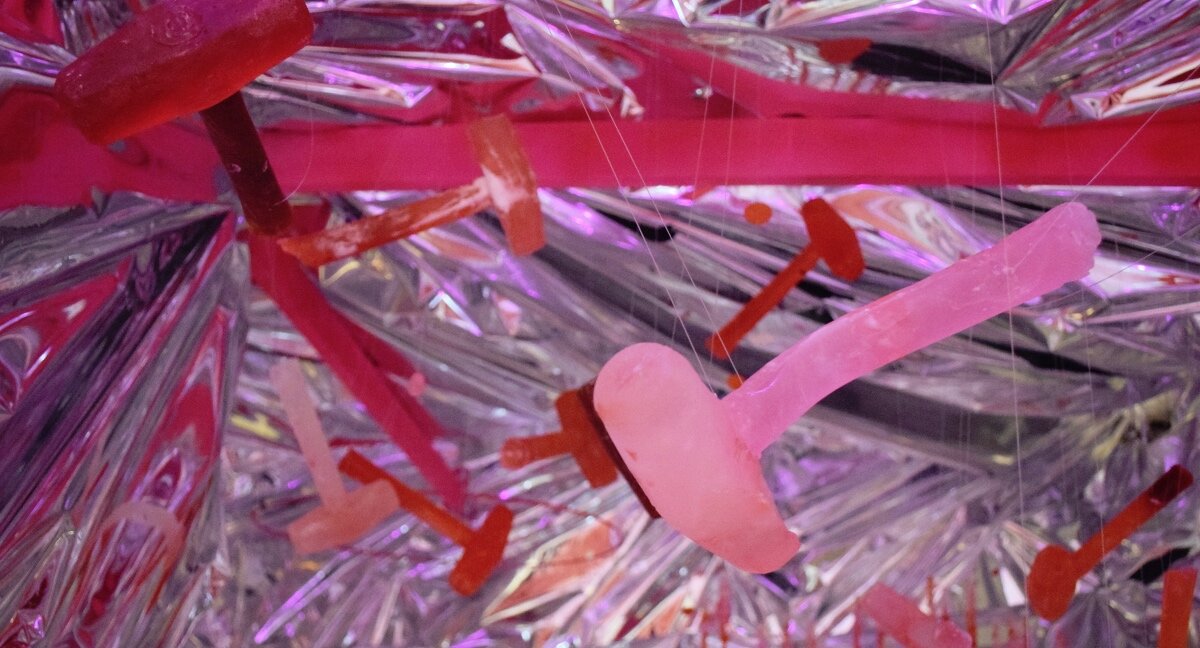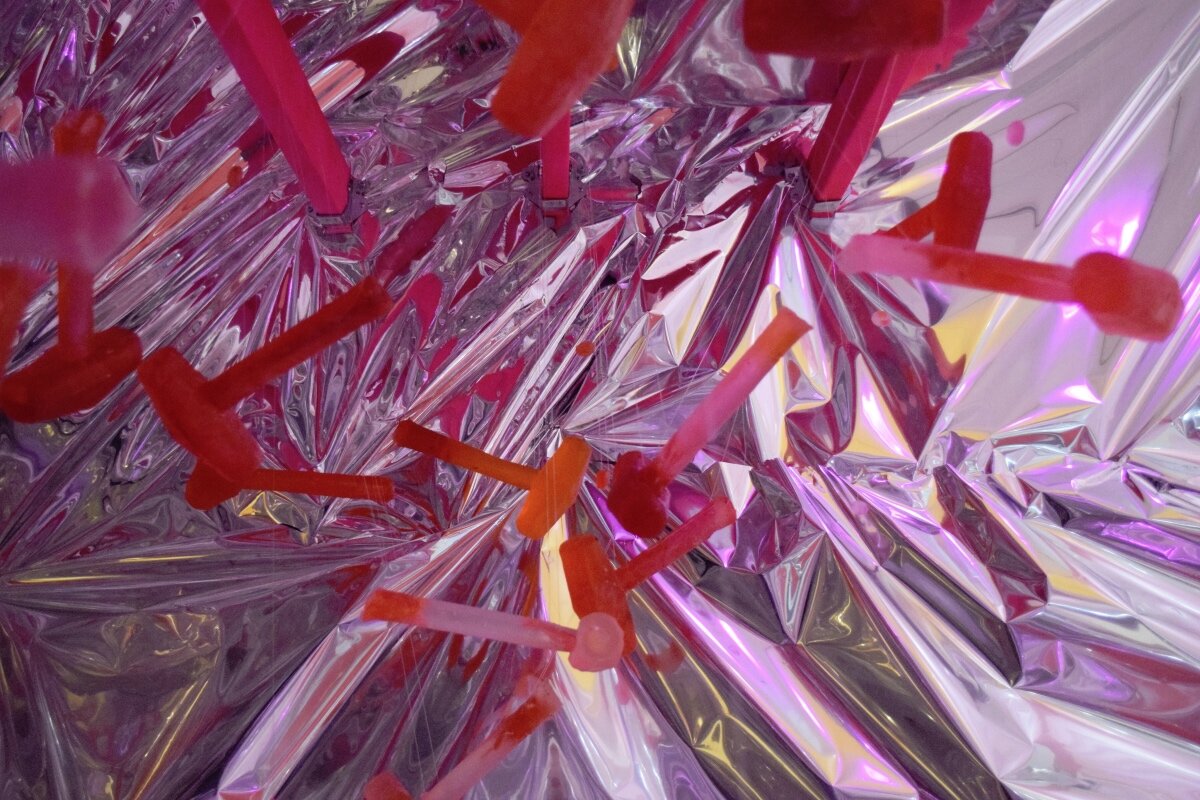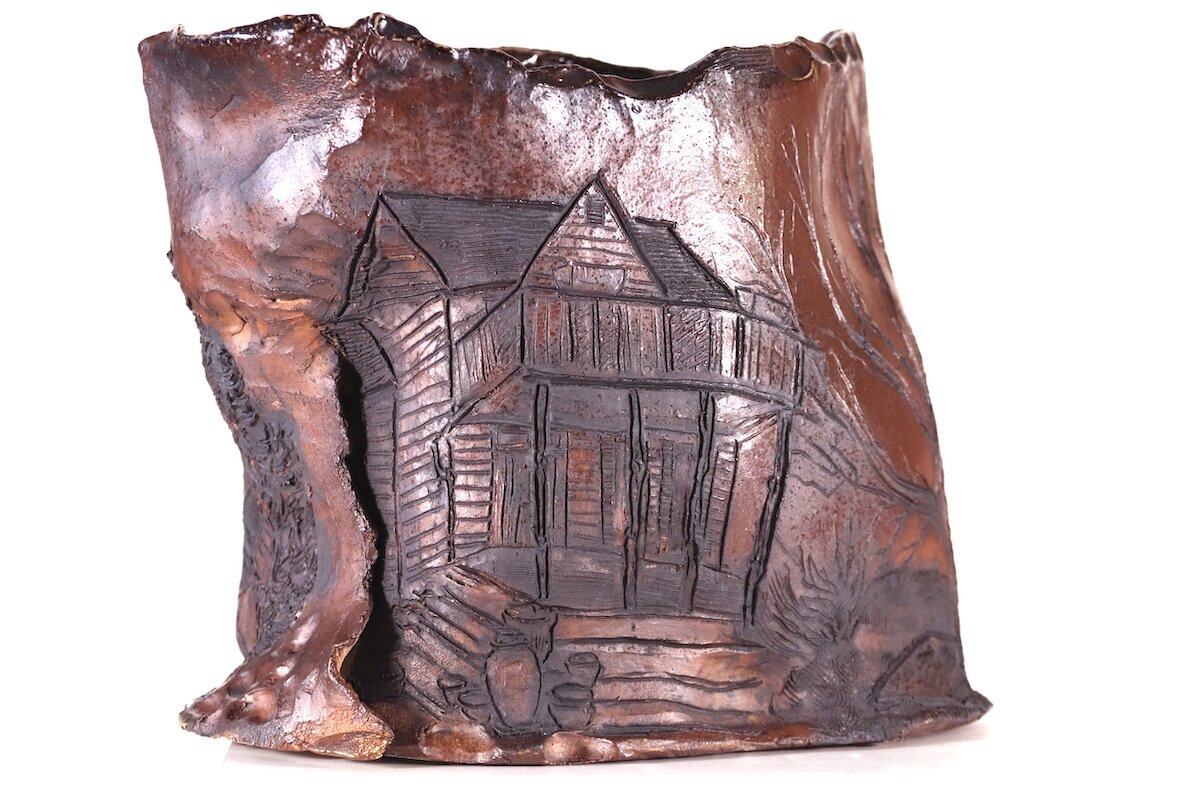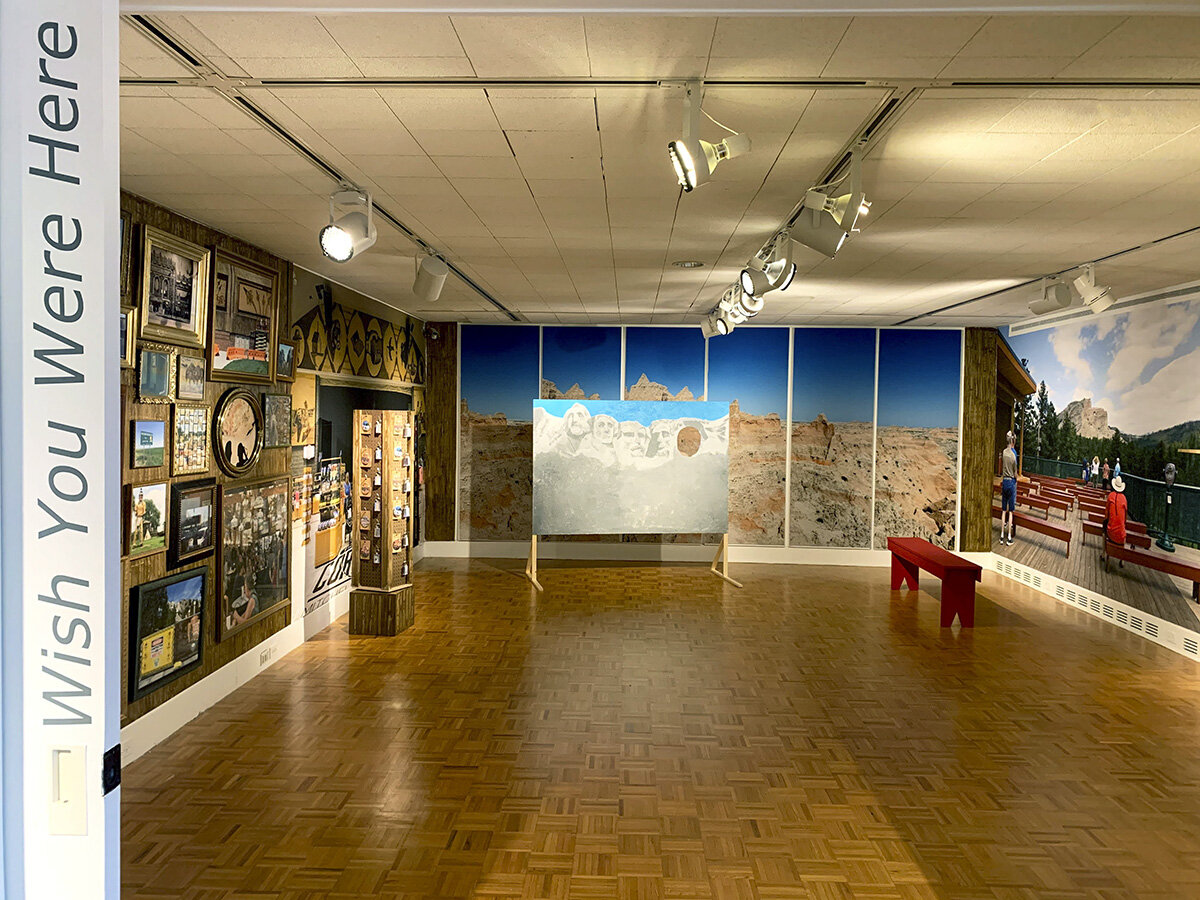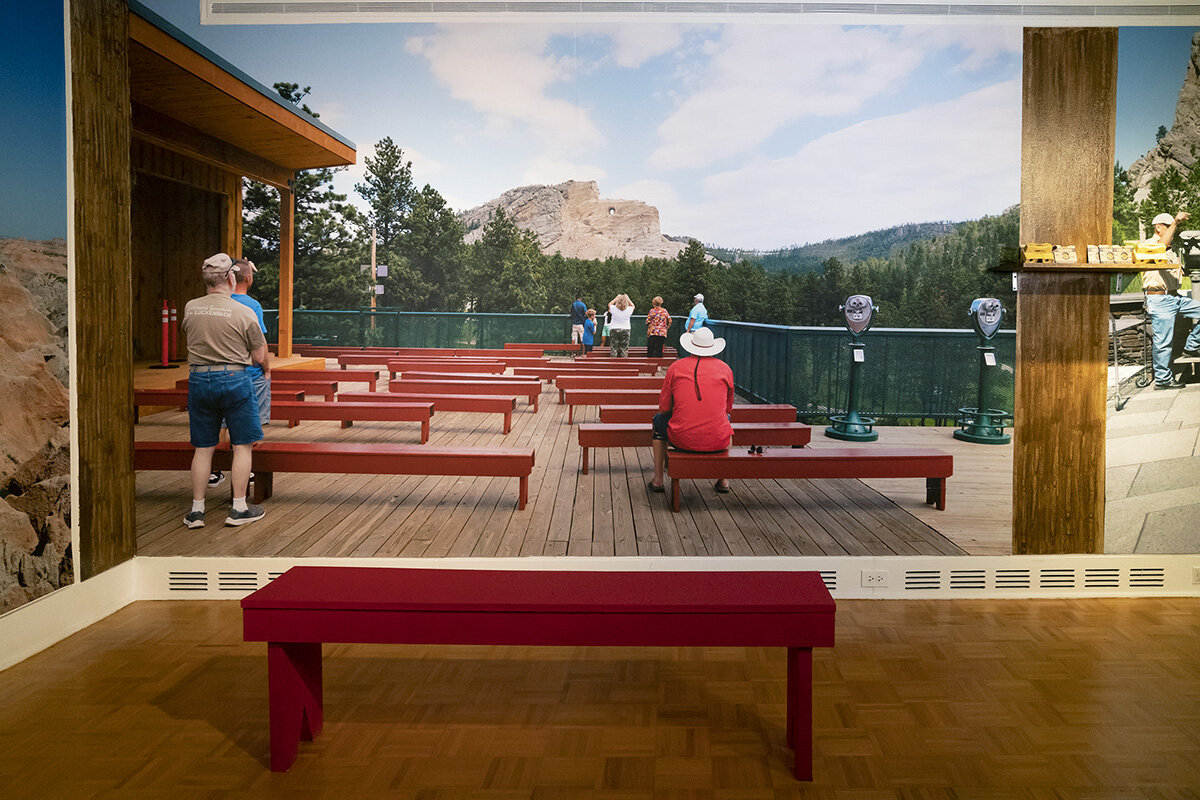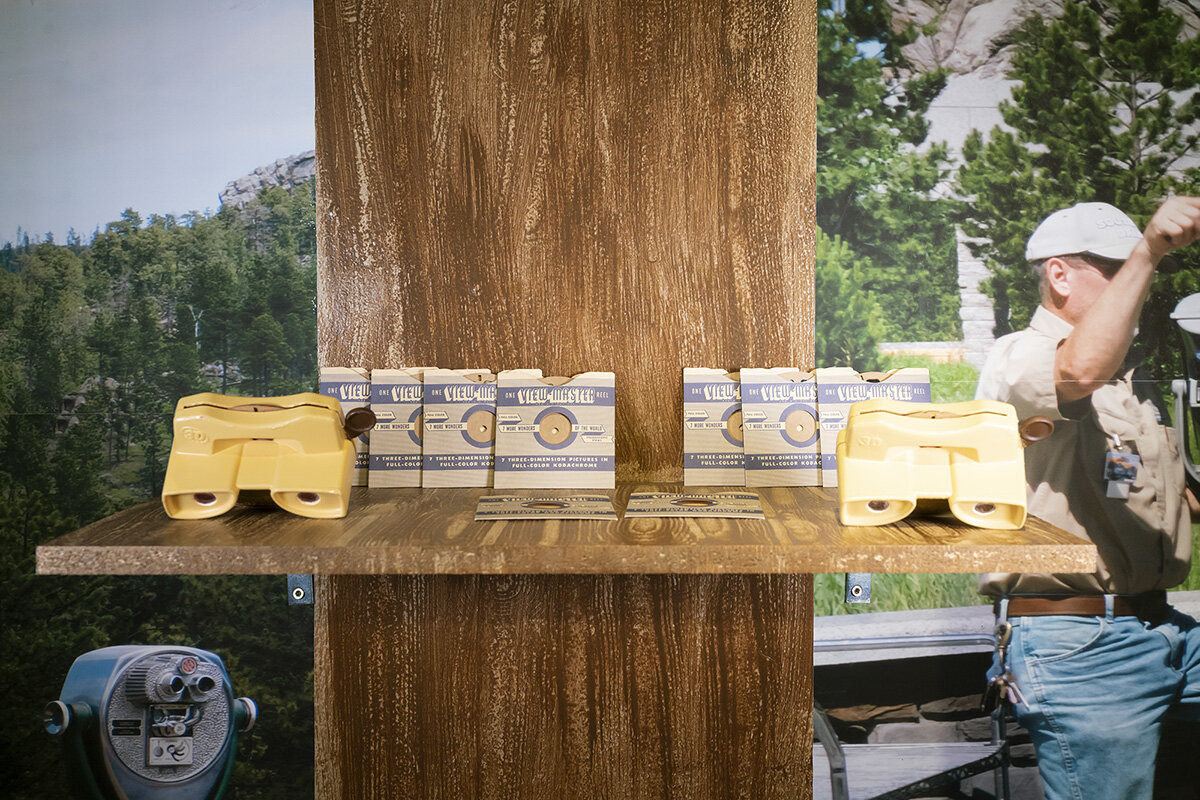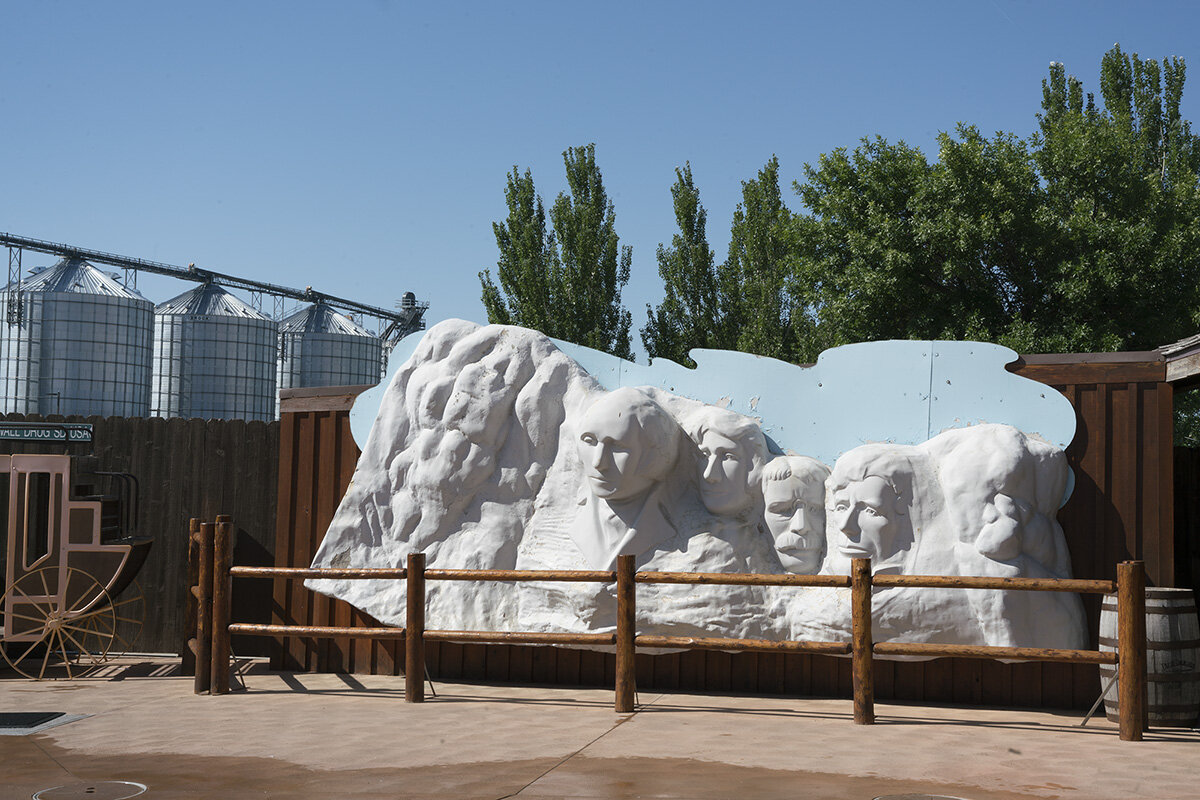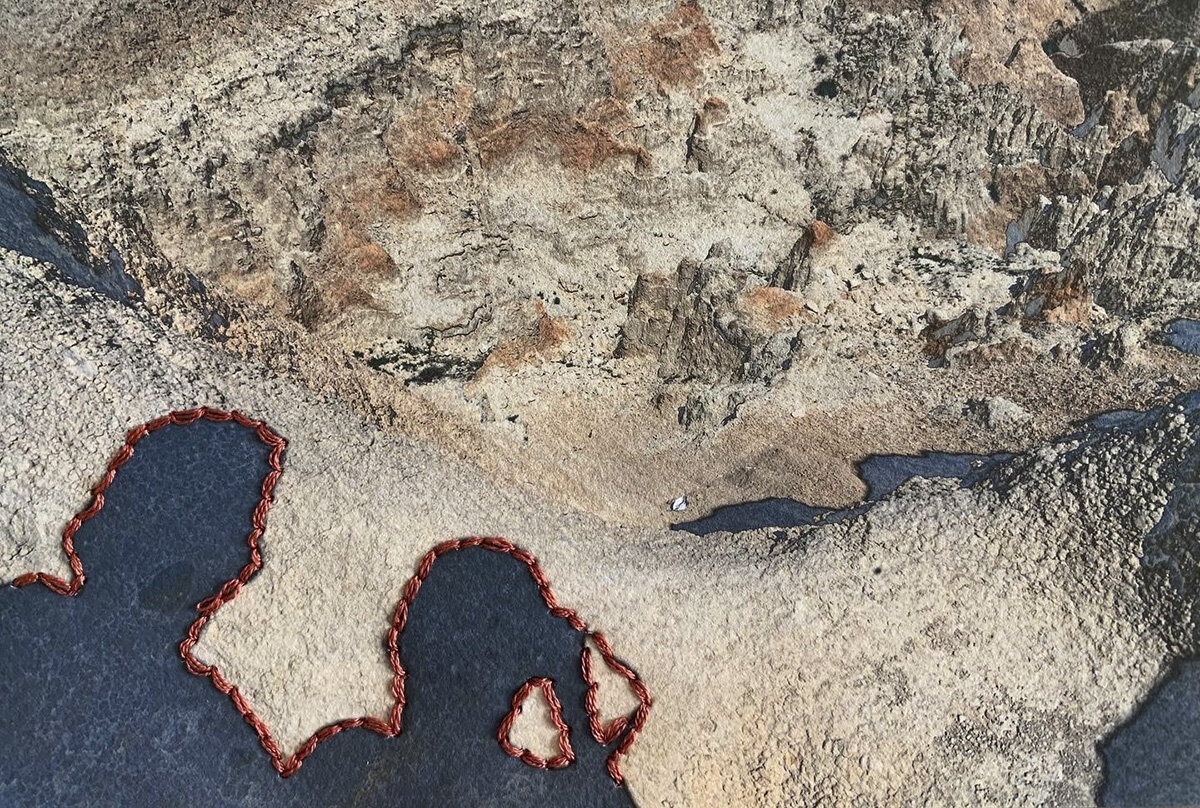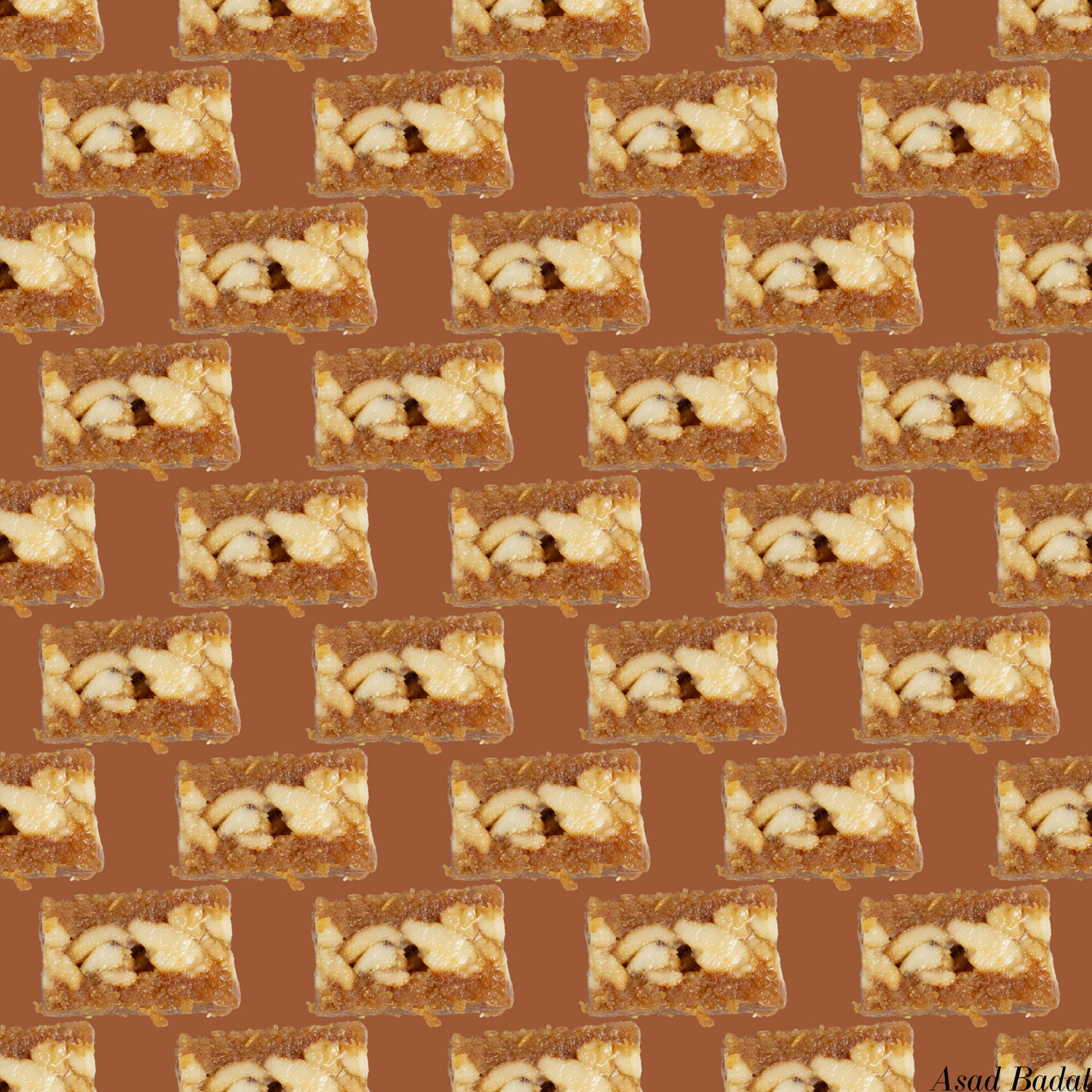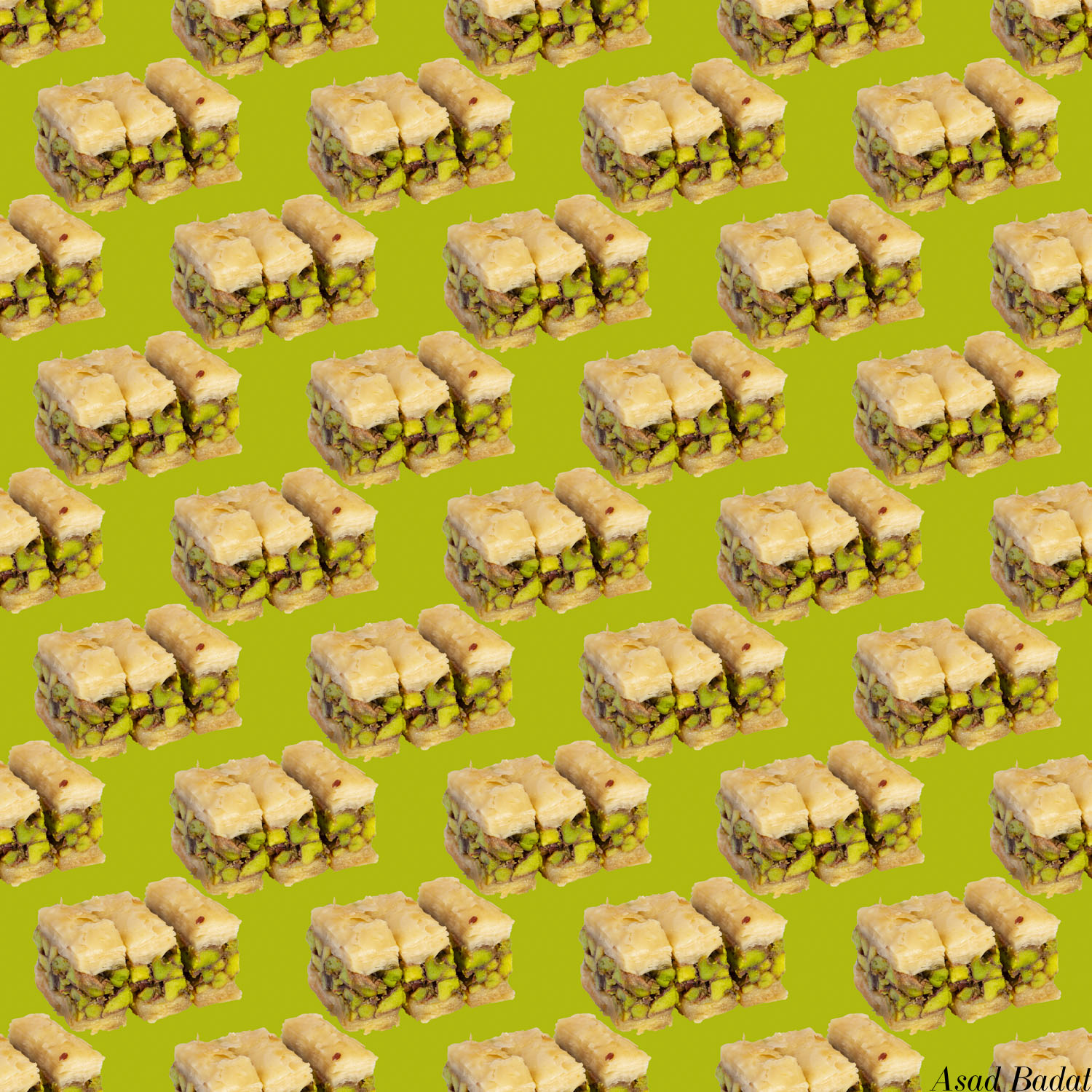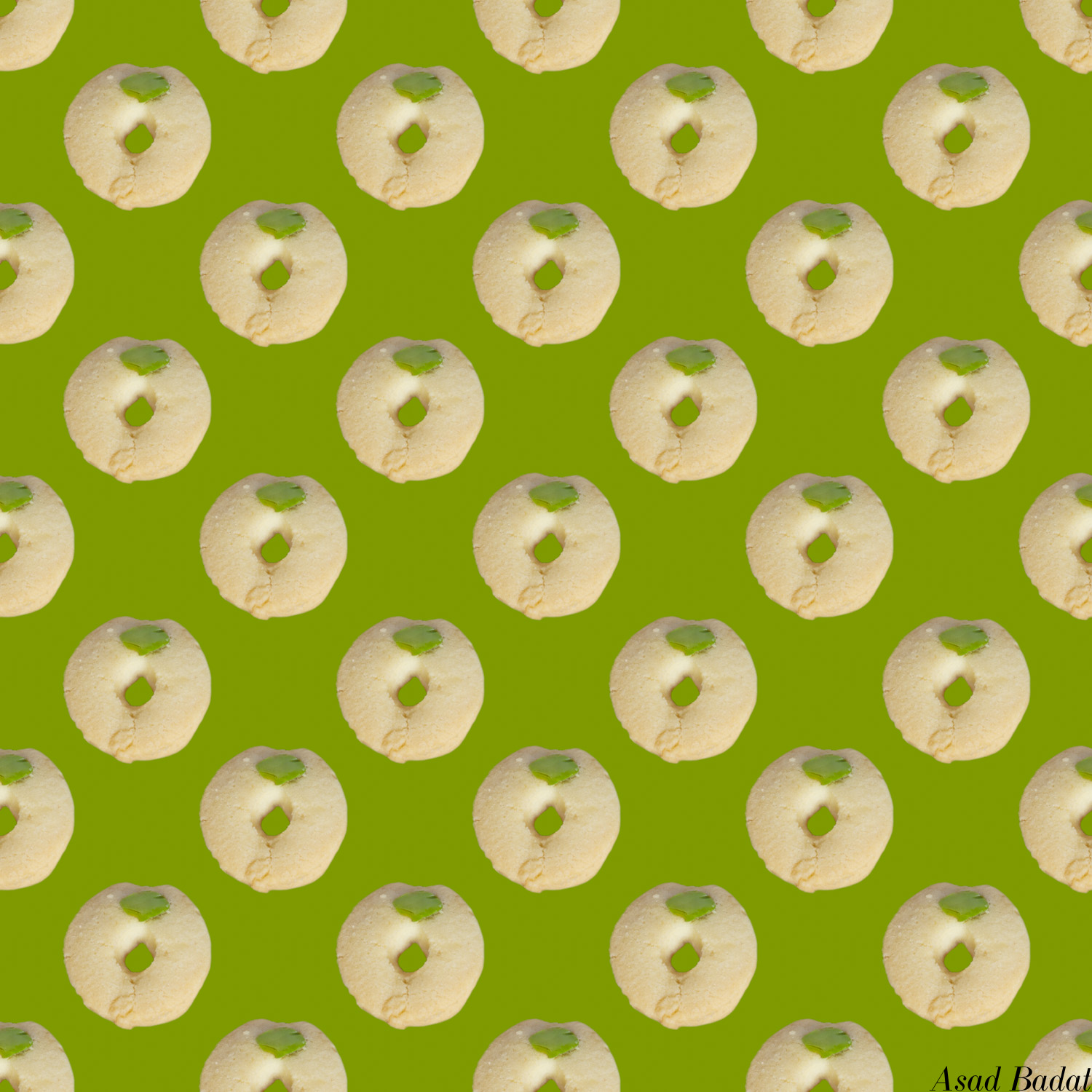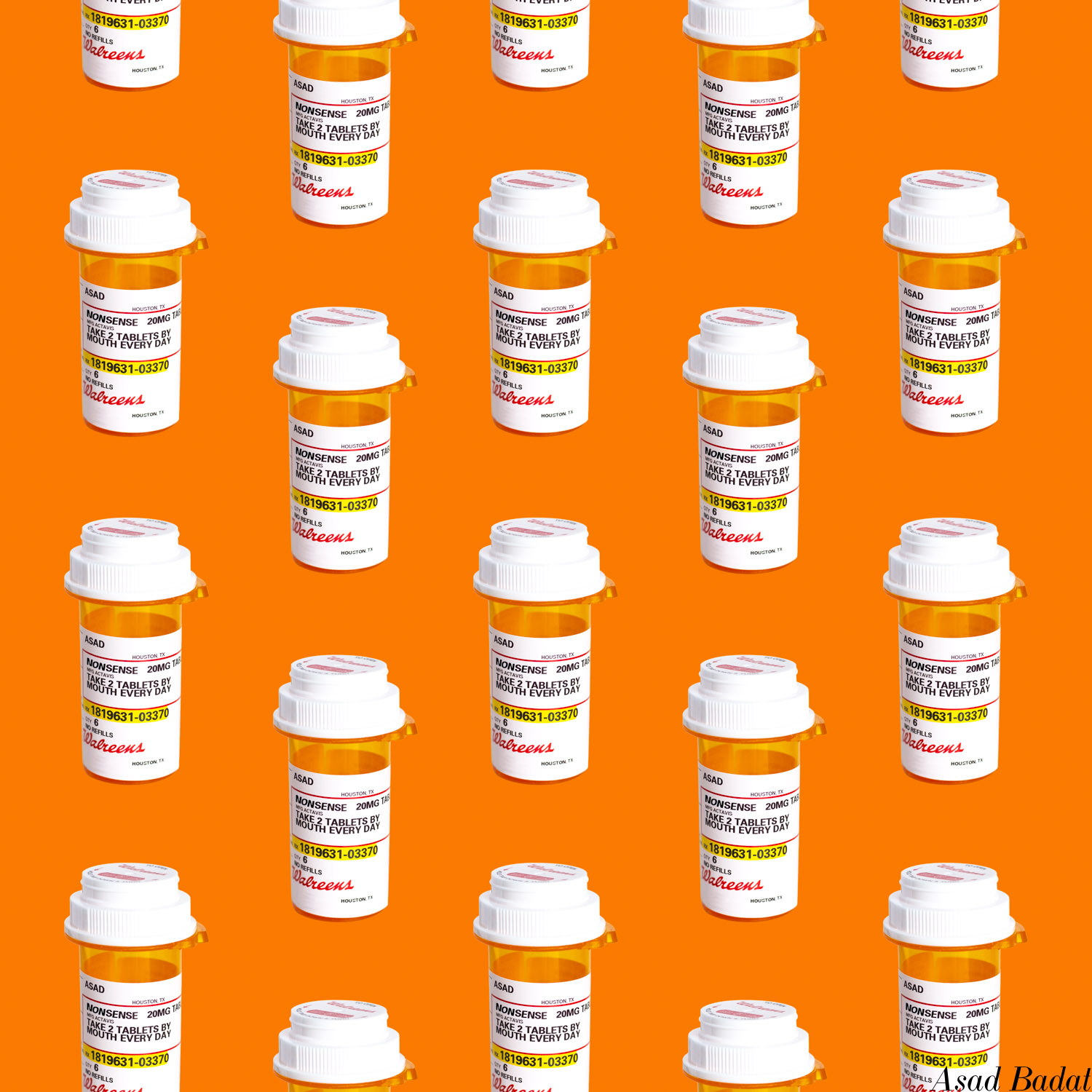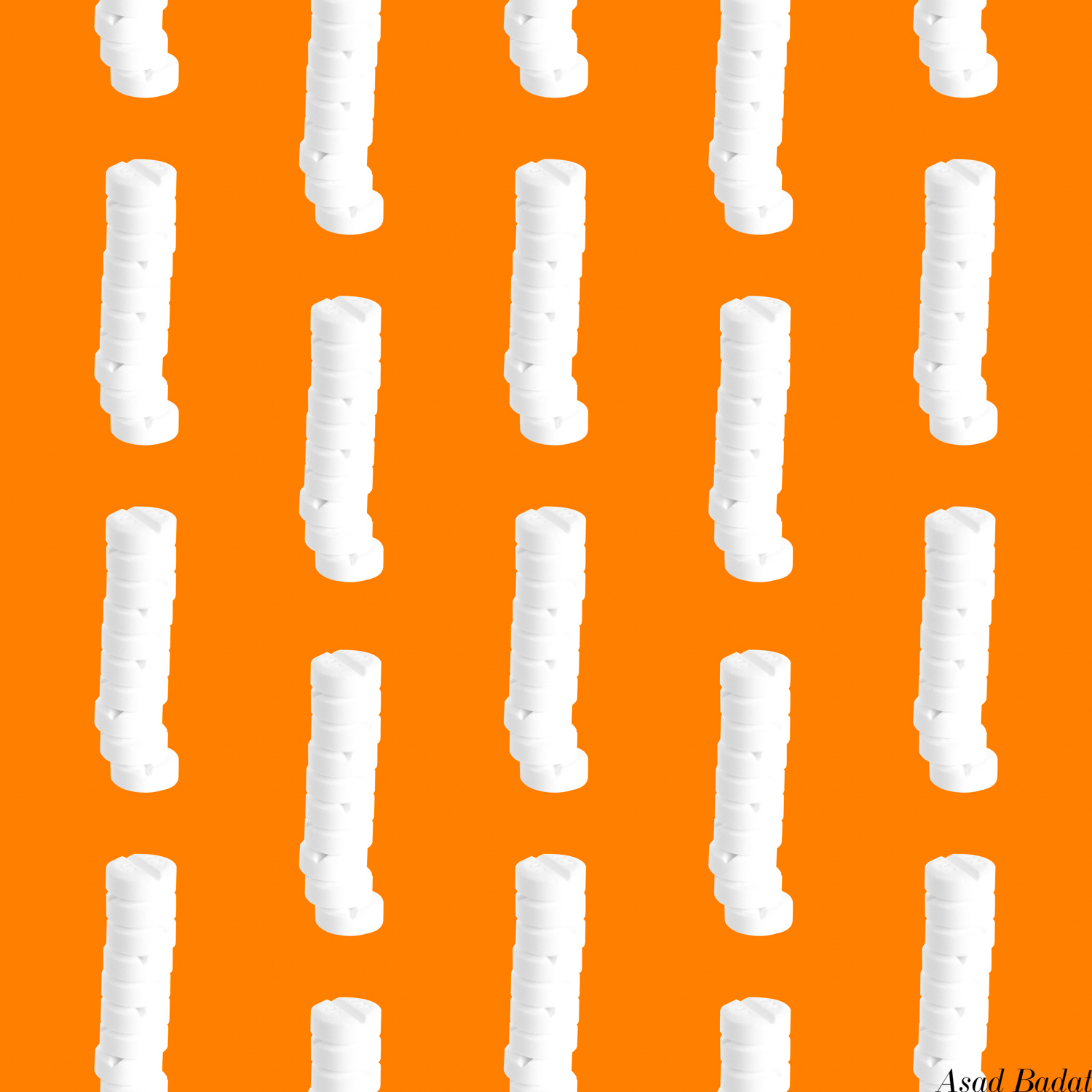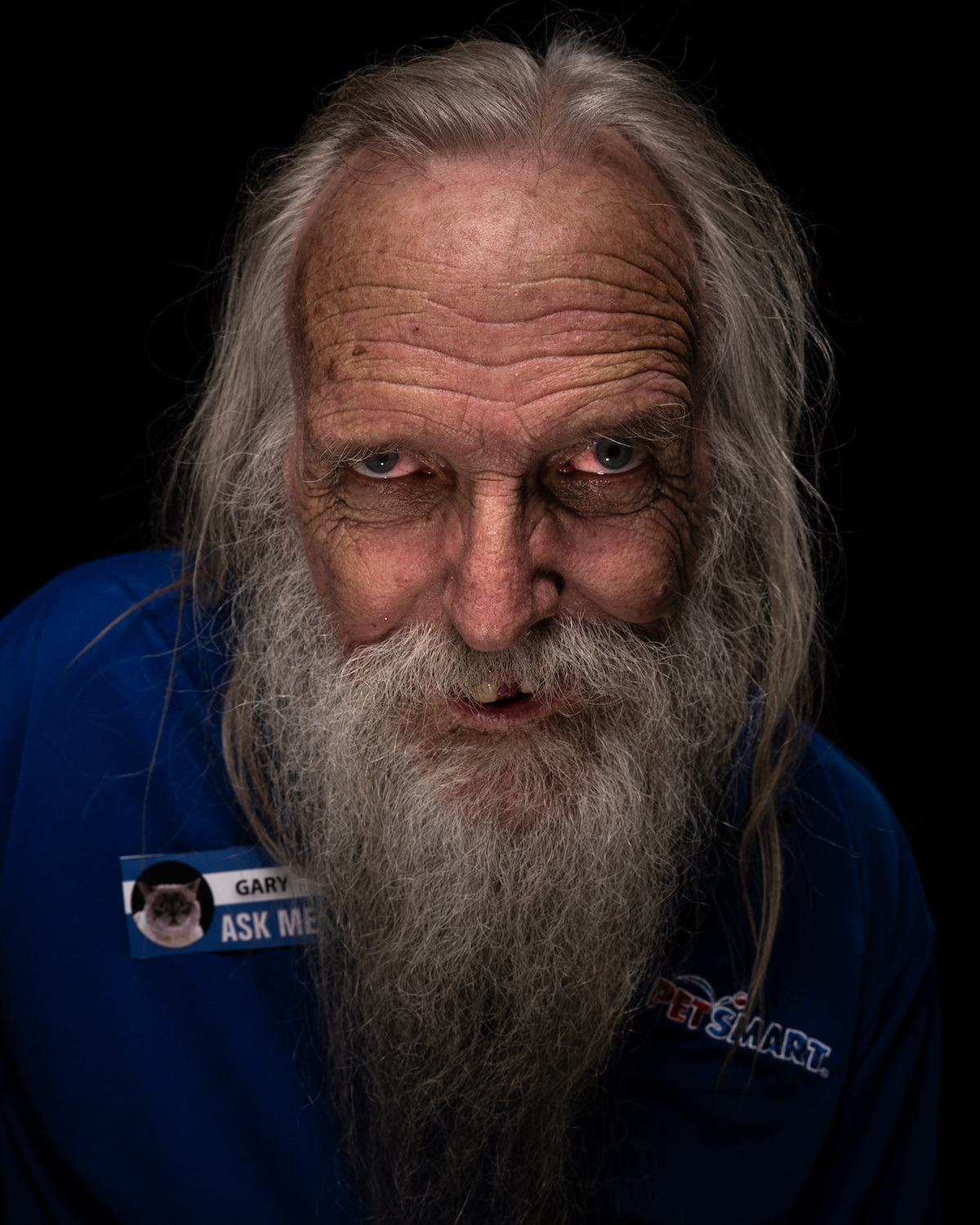Mairin Narron
No Added Sugar!
KP: Where do you see this work existing long term? Like a gallery, commercial building, hotel?
MN: Gallery or community center.
KP: Will this be an ongoing project for you?
MN: Yes! I think I will always create work pertaining to women's rights.
KP: For those that may not know, what's the significance of the materials used?
MN: I make and use hard candy in all of my work to be ironic. My series, which includes No Added Sugar!, is called Unsweet and it equates overwhelming sexist ideals, such as being sweet, to over-indulging in sugar. The series is called Unsweet because I like to think of myself as rebelling against these ideals.
